As you can see in the Java Source of the java.lang.String class:
/**
* Allocates a new <code>String</code> that contains characters from
* a subarray of the character array argument. The <code>offset</code>
* argument is the index of the first character of the subarray and
* the <code>count</code> argument specifies the length of the
* subarray. The contents of the subarray are copied; subsequent
* modification of the character array does not affect the newly
* created string.
*
* @param value array that is the source of characters.
* @param offset the initial offset.
* @param count the length.
* @exception IndexOutOfBoundsException if the <code>offset</code>
* and <code>count</code> arguments index characters outside
* the bounds of the <code>value</code> array.
*/
public String(char value[], int offset, int count) {
if (offset < 0) {
throw new StringIndexOutOfBoundsException(offset);
}
if (count < 0) {
throw new StringIndexOutOfBoundsException(count);
}
// Note: offset or count might be near -1>>>1.
if (offset > value.length - count) {
throw new StringIndexOutOfBoundsException(offset + count);
}
this.value = new char[count];
this.count = count;
System.arraycopy(value, offset, this.value, 0, count);
}
Parameter references are surrounded by <code></code> tags, which means that the Javadoc syntax does not provide any way to do such a thing. (I think String.class is a good example of javadoc usage).

